
Interest in biocontrols is growing, according to growers across Canada and a number of industry specialists.
Interest in biocontrols is growing, according to growers across Canada and a number of industry specialists. In this year’s Greenhouse Canada online grower survey (published last month), about half the respondents said usage of biocontrols has remained steady over the past two years, while a quarter said their usage had increased.
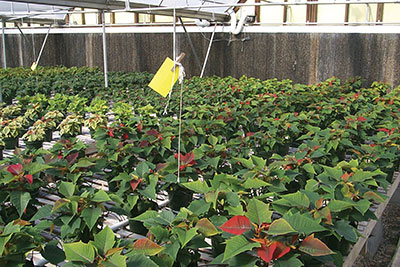 |
|
| Biocontrols help reduce resistance issues within traditional control programs. PHOTO COURTESY SYNGENTA FLOWERS Advertisement
|
(We should also note that 22 per cent of growers in the survey said they still are not using biocontrols.)
As for the specialists we contacted, they say biocontrols are continuing to gain ground as part of integrated pest management (IPM) and integrated crop management (ICM) programs.
We asked these specialists two questions:
- What are the main reasons for the growing popularity of biocontrols?
- What are the keys to a successful biocontrol program.
Among those we contacted were Colin Ashbee of BioWorks; Kevin Cullum of Koppert Canada; Marla Faver of Syngenta Technical Services; Tom MacDonald of MGS; Dr. M. Ishtiaq Rao of Crop Defenders; Ronald Valentin of Biobest; and Sean Valk of Syngenta Flowers.
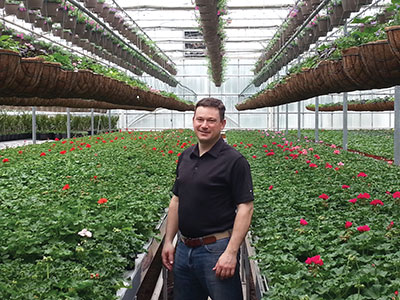
|
|
| Colin Ashbee of BioWorks.
|
Avoiding resistance issues within their traditional crop protection program is one of the major reasons growers incorporate biocontrol products, the specialists agree.
“Pest and disease resistance to currently registered chemicals is a strong motivator for many growers,” says Ashbee. “Insect pests and disease-causing pathogens have an amazing ability to adapt (develop resistance) to foreign substances (man-made chemicals) in their environment.”
Formulations of biopesticides, he adds, “are more stable, reliable, easier to apply, have longer shelf life and are more effective than ever before.”
There are many factors for the increased popularity, says MacDonald. “The availability and access to biocontrols,” he noted, “are much easier for both commercial operations and for the home gardener.”
There is also much greater public awareness of programs to reduce pesticide usage.“Biocontrol production and packaging methods are also more user-friendly,” says MacDonald.
Rao says there is “increasing grower awareness of the impact of pesticides on their production and crop health.”
Effective biocontrol programs, he adds, are also more effective. “Many beneficial insects breed and multiply in the crop, whereas the impact of pesticides is just short term.”
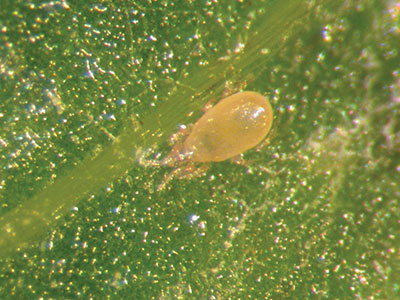
|
|
| Amblyseius cucumeris. PHOTO COURTESY SYNGENTA FLOWERS |
Faver says integrated crop management (ICM), the practice of integrating biocontrols, chemical controls and other plant health tactics, increases the efficacy of plant protection programs.
As well, “biocontrols offer labour advantages such as reduced worker exposure and no re-entry intervals or signal words. With no re-entry interval, biocontrols help save time and improve efficiency in the growing area.”
Faver adds that there is market pressure “to reduce pesticide use and incorporate a sustainable approach, to which biocontrols contribute.” Some chemicals can leave residues on crop leaves that can result in an undesirable appearance, she says.
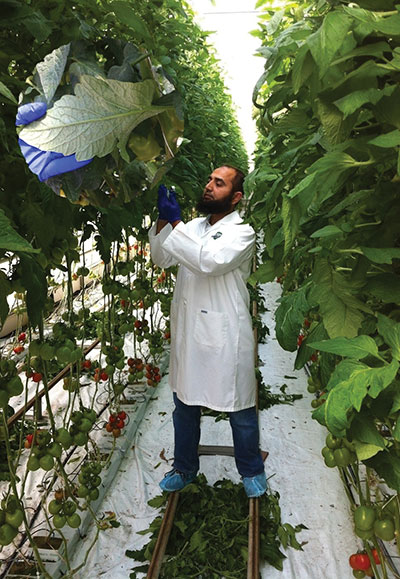 |
|
| Dr. Ishtiaq Rao of Crop Defenders.
|
Valk says growers need resistance management options. “Combining biocontrols with traditional plant protection products helps growers implement successful Integrated Crop Management programs.”
The motivation for many ornamental growers, says Valentin, came from the fact they had difficulty controlling thrips with pesticides alone. Late 2006, the first signs of resistant thrips populations showed up at some ornamental greenhouses, which continued in 2007. “In a way, this is how the vegetable counterparts started three decades ago, mostly because of pesticide resistance and the difficulty to control whitefly, spider mite, and later also thrips.”
“Many growers who have started to implement BCAs have been very successful, and success motivates people,” says Valentin.
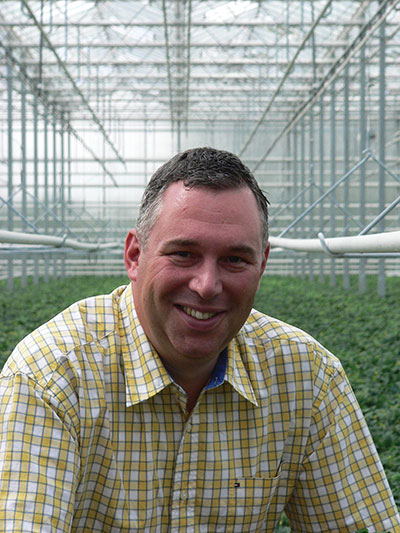 |
|
| Ronald Valentin of Biobest.
|
Cullum says biocontrols compare favourably in cost and effectiveness with chemical controls. “When greenhouse owners and growers find that biological control-based IPM systems have developed to the point where they provide better and more reliable pest control, and often for less money compared to a straight pesticide program, the choice is a very simple one.”
MacDonald says three main keys to a successful biocontrol program are “scouting, timing of biocontrol introduction, and patience!”
Growers have to commit to a weekly scouting and pest monitory system, says Rao. “Early detection of pests significantly saves money on biological crop protection.”
 |
|
| Sean Valk of Syngenta Flowers.
|
Chemical controls have their place in a program, he adds. They must be applied on time and they must be compatible with the biocontrols being used.
Preventive biocontrol applications are much better than curative applications, he adds.
Faver says scouting will show which pests and which life stages are present and you need to know this to choose the correct biocontrol agent. “Unlike chemicals, there is no broad-spectrum biocontrol. Biocontrols are specific to particular pests, so growers need to determine what they need before they choose and apply biocontrols.”
All employees must be on board and committed to the program, she adds. Everyone will have to show patience while working to establish the program. “Using biocontrols alone are not a magic wand to eliminate pests. Biocontrol programs involve a learning curve, time and commitment.
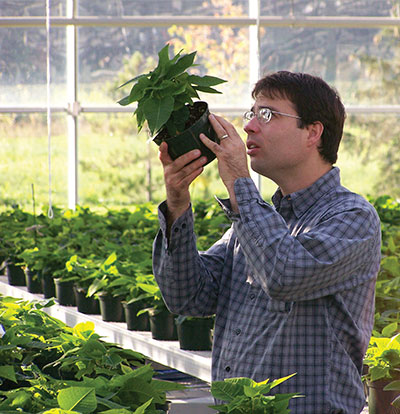 |
|
| Kevin Cullum of Koppert.
|
Three keys to a successful program, says Valk, include effective monitoring and scouting, taking a preventive approach, and customizing a program for your operation.
Cullum adds that product quality is also key, both in terms of its viability upon delivery and how it is handled by growers. Receiving biocontrols in good condition is important, “but this is only the first half of a product’s voyage.” Growers must store it in optimum conditions, avoid rough handling, and ensure distribution points are not too spread out.
“Biological controls generally have pretty short life spans,” he explains. “A beneficial with a seven-day lifespan may spend its entire life looking for a pest if introduced too far away. Smaller-volume product carriers (sachets/cards, etc.) and blower distribution systems dramatically increase the number of introduction points, allowing beneficials more time spent controlling the pest rather than searching for it.”
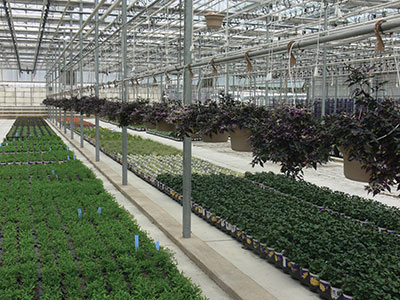 |
|
| Banker plants are effective.
|
Commitment is important, says Valentin. There are pesticides available today that are more compatible with BCAs, especially compared to 20 years ago. “However, these products have to be handled carefully in a biocontrol program. They might be safe to be used for some of the BCAs in the overall system a grower uses, but not for one or two others, which can start a chain reaction of trouble.”
Ashbee says growers must be diligent in working to prevent pests and diseases from entering the greenhouse in the first place. “Thoroughly clean up between crops to avoid carryover of pests and diseases.”
You have to know your enemy, he adds. “Send diseased plant material off to an accredited lab for DNA multiscan analysis. Have insect pests properly diagnosed. Not all aphids and whitefly are created equal. Certain species will require a different approach to control biologically.”
Don’t be hesitant to call for assistance, the specialists agree.
Biological control requires a lot of technical knowledge, says Cullum, “and has a lot of grey areas to be navigated. Growers often don’t have the time in their day for things like identifying aphid species or looking for predatory mite eggs laid on plant hairs.”
Print this page